Knitted fabric
Knitting
is a method by which yarn is used to make textiles or fabrics that are used in
a variety of clothing. It can be done by hand or by machine. Knitting makes the
stitches loops of threads in rows, either flat or round. At one time knitting needles usually have many active stitches. The knitted fabric consists of a series of rows of connected loops that
join the next and previous rows. As each row is created, each newly created
loop is pulled from the previous row through one or more loops, and the gain is
kept in the needle so that the loops from the previous row can be pulled
without opening the other straight.
Different types of knitted fabric
i. Jersey fabric
Jersey
is a type of knitted fabric that is mainly used in making garments. It was originally
produced from wool but is now made of wool, cotton, and synthetic fibers. In medieval times, Jersey, the Chanel Islands, where this material was first
produced, has been an important exporter of knitted goods, and woolen cloth
from Jersey has been well known. The fabric can be a much stretched single
knit, usually lightweight, a jersey with a flat side, and a pile side. Made
with a lightweight yarn, it is often used to make t-shirts or it can be a
double-knitted jersey, less stretched, leaving two flat sides on the outside of
the fabric with piles in the middle to form a heavy fabric of two single
jerseys knitted together By Interlock jerseys are sometimes used as a more
formal alternative to the traditional pike weave for polo shirts and are
usually the preferred weave for those made from Pima cotton. Jerseys are
considered a great fabric for draped garments, such as dresses and women’s
tops.
ii. Kersey fabric
Kersey
fabric is a type of knitted fabric that was an important component of the
fabric business in medieval England. Its name derives from the Kersey yarn and
eventually from the village of Kersey, Suffolk, probably in this region.
However, the fabric was made in many places in the world. It was woven in early
1262 in Andover, Hampshire, where regulations prohibited the inclusion of
Spanish wool in the chair. By 1475, Yorkshire West Riding, including
Calderdale, was also a major manufacturer, while Devon and Somerset were large
producers and exporters until production later moved on to Surge Making. Kersey
was a lighter-weight fabric than Broad Fabric. English kerseys were widely
exported to Central Europe and elsewhere.
iii. Rib fabric
Rib
knitting is a pattern where alternate vertical stripes of stockinette stitch
with vertical stripes of opposite stockinette stitching. These two types of
stripes can be separated by other stripes where the knitted and purl stitches
are vertically and these purl stripes add width and depth to the rib but not
more elasticity. The number of knit and purl stripes (wells) is usually equal,
although they are not required. When they are even, there is no tendency for
the fabric to curl as opposed to the stockinette stitching. These types of ribs
look the same on both sides and are useful for dresses like scarves. Ribbing is
characterized by (number of knitting stitches) × (number of purl stitches). So,
1 × 1 rib has a knit stitch, then a purl stitch, then a knit stitch, and more.
iv. Double knit fabric
Double
knitting is a form of hand knitting in which two fabrics are knitted together
with one pair of needles. Fabrics such as interlock knitted fabrics can be
integral, or they can be just two connected fabrics. In principle, multiple
fabrics can be woven together on needles woven together with yarn unless one is
careful. There are several methods for double knitting, including flat knitting
with double point knitted needles; after working with one thread in a row, the
knitter slides the stitches to the other end of the needle and starts the same
row with the next thread. Only half the stitches are knitted with someone's
yarn. After both passes are over, the knitter then turns the workaround and
starts another row.
v. Raschel knits fabric
Raschel
knits do not stretch significantly and are often heavy; As a result, they are
often used as an unlined material for coats, jackets, straight skirts, and
dresses. These fabrics can be made out of conventional or fancy yarn which allows the creation of attractive textures and designs. Features of this fabric "from
thick and compact to open and long can be stable or stretched and can be
single-faced or reversible. The largest outdoor products such as backpacks and
military fabrics. It is used to provide air mesh next to the user's body which
makes the visibility of materials.
vi. Cable knit fabric
Cable
knitting is a style of knitting where the textures of the crossing layers are
achieved by allowing sewing. Cable knitting usually produces a fabric that is
less flexible and denser than ordinary weaving, the amount of which is much
narrower. This narrow gauge should be considered when switching from cable
stitching to another type of knitted fabric. If the number of stitches is not
reduced, the second knitted fabric may swell due to its large gauge. So, the
rib cuffs of the Aran sweater may not be compressed around the wrist or waist,
as is usually expected. Conversely, other knitting fabrics such as a cable
pattern may need to be sewn to maintain the gauge when changing from stockings.
vii. Terry towel
A terry towel or simply towel is a type of knitted fabric made of woven yarn with a lot of
thread, which can absorb a lot of water. It can be produced by weaving or
knitting. The terrycloth is woven into a special loom with two longitudinal
warp through which the filler or waft is cast long. It is a woven fabric with
long loops that can absorb a lot of water. Its contents are usually 100% cotton
but it can sometimes contain polyester. It is often woven and the French term
terry is used in conversation for all knitted terry.
viii. Velour fabric
Velour
is a plush type of knitted fabric or textile similar to velvet or velveteen. It is
generally produced from cotton, but can also be produced from synthetic
materials like polyester. Velour is used in a variety of applications,
including clothing and upholstery. Velour
can be woven or knitted fabric that is allowing it to stretch. It combines the
stretched properties of knits with the rich look and feel of velvet. Velour is used
in dance costumes for ease of movement and is also popular for warm, colorful,
casual wear. It is used as upholstery, and velour is often used instead of velvet.
ix. Lame fabric
Lame
is a type of fabric woven or knit with thin ribbons of metal fibers, in contrast
to guipe that the ribbons are wrapped around the fiber thread. It is usually
gold or silver in color and sometimes copper lames are seen. There are
different types of lames depending on the combination of other threads in the
fabric. Common examples are tissue lame, hologram lame, and pearl lame. It is often used in evening dresses and
in drama and dance costumes. It is a favorite element of future costumes and
spacesuits for science fiction television and film. Over jackets are also used
for their conductive properties in the game of fencing the Lamé to allow it to
score in touch.
x. Intarsia fabric
Intarsia is a knitting method that is used to make patterns with multiple colors. Unlike many other techniques, any given stitch has only one "active" color, and is not carried on the back of the yarn work; when the color changes in a given row, the old yarn remains hanging. This means that any intarsia piece is topologically isolated columns of several colors. A common blue circle on a white background involves a column of blue and two white- one for the left and one for the right. Intarsia is often done flat instead of round. However, it is possible to knit intarsia in circular knitting using specific techniques. Common examples of intarsia include sweaters with large, solid color features such as fruit, flower, or geometric shapes. Argyle socks and sweaters are usually made at the intarsia.


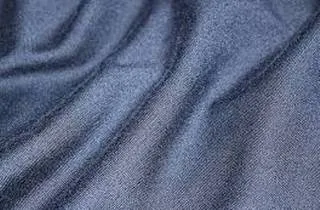
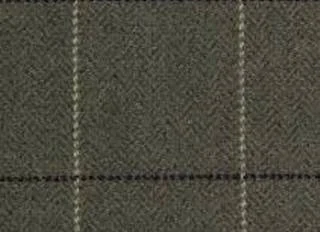
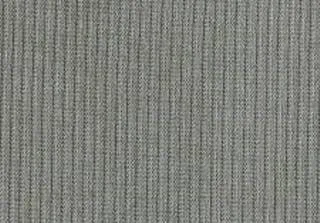




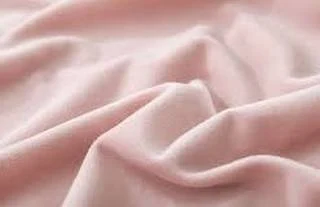

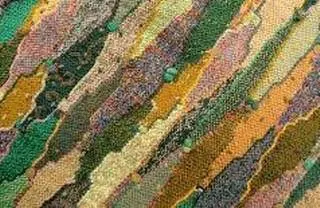







0 Comments